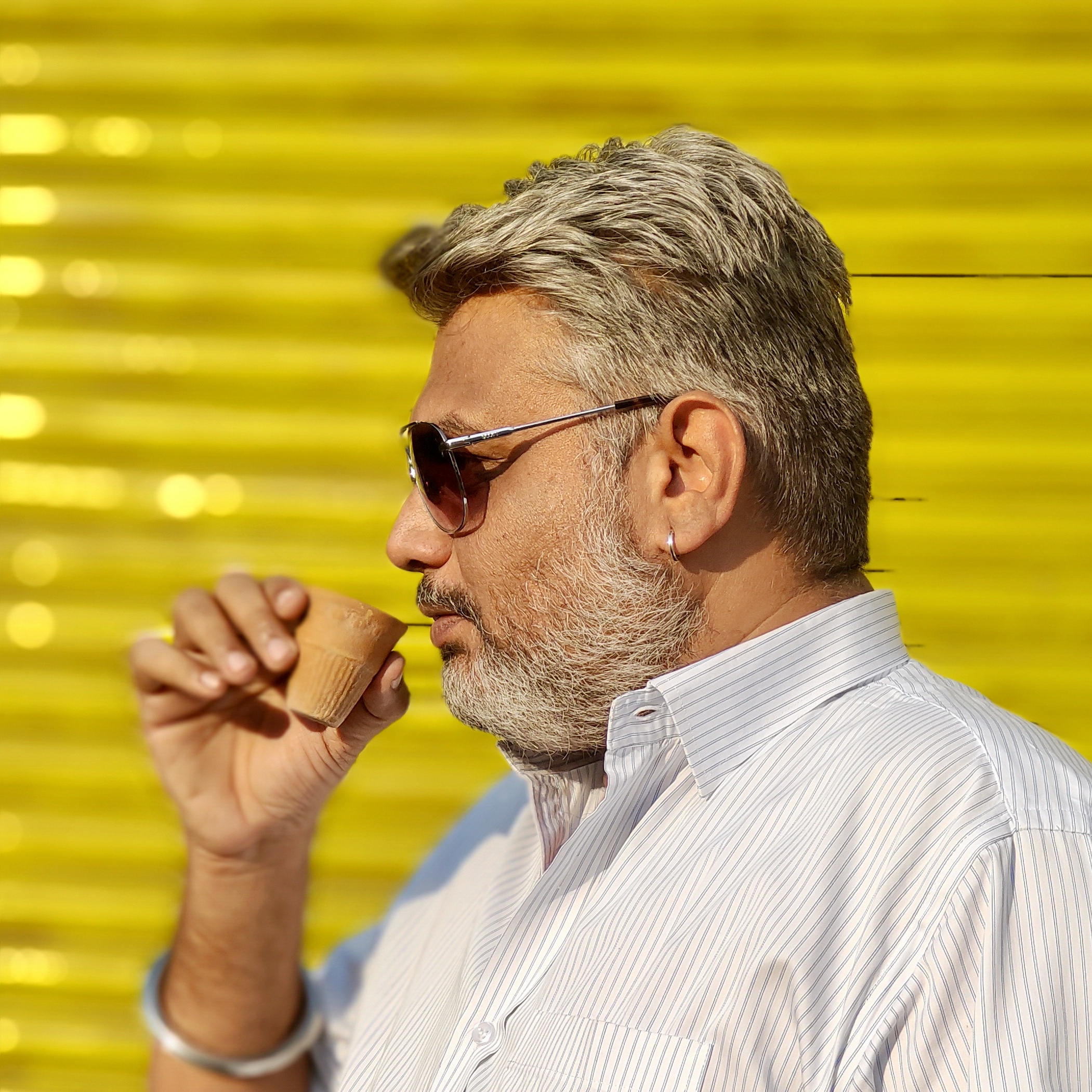Sameer Gudhate Presents the Book Review of Journey of a Nation: 75 Years of Indian Economy by Sanjaya Baru
- Sameer Gudhate
- Nov 19
- 3 min read

Some books arrive like history textbooks. This one walked in like an elder at a family gathering — the kind who has lived through storms, celebrated quiet victories, and now leans forward with a twinkle that says, “Let me tell you a story. Our story.” I opened Sanjaya Baru’s Journey of a Nation: 75 Years of Indian Economy expecting charts and chapters. What I got instead felt like sitting across a wooden café table with someone who had watched a nation rise from the dust of colonialism and didn’t want that memory — or that miracle — to fade.
Baru, after all, isn’t just another economic commentator. He has been a teacher, a columnist, a policy insider, and at one point, a quiet voice behind the prime minister’s office door. He knows where the bodies are buried, where the seeds were sown, and where the roads cracked. And what he delivers here is not a dry retelling of India’s economic milestones but a warm, lucid conversation about how a fractured, hungry, newly independent country reshaped itself into a global force without ever losing its democratic soul.
The book traces India’s journey from the heartbreaking drain of wealth under British rule to the post-Independence tug-of-war between three competing visions — the Bombay Plan with its private-sector optimism, the Soviet-inspired People’s Plan, and the village-centric Gandhian Plan. That tension, Baru shows, wasn’t a flaw but a crucible: it forced India to dream in multiple directions, to argue, to improvise, to survive. Reading the early chapters felt like opening an old photo album — sepia, grainy, yet strangely intimate.
Baru’s writing is surprisingly nimble: simple without being simplistic, sharp without cutting, honest without sounding jaded. He compresses decades into paragraphs but leaves breathing room — almost like pausing mid-sentence to sip tea and let a memory settle. There’s a rhythmic clarity to his storytelling, especially when he moves through India’s three distinct growth eras: the frustrating but formative 3.5% crawl, the cautious 5.5% stride, and the energetic 7.5% leap. At one point, I found myself rereading a passage simply because it felt like listening to an elder reflect on a once-impossible dream becoming everyday life.
The ideas in the book — from the evolution of planning to the arc of liberalization — are presented not as abstract policies but as living, breathing decisions shaped by personalities, fears, and hopes. One moment that lingered with me long after I closed the book was Baru’s exploration of how the 1991 reforms didn’t emerge from ideological conviction alone but from necessity — a nation backed into a corner choosing courage over collapse. It made me think of how often in life we wait for crisis to push us into reinvention.
The structure is compact, almost brisk, but never rushed. Baru selects turning points with a curator’s eye: the leftward drift of the 1970s, the manufacturing disappointments that haunt us still, the dazzling rise of services, and the uneasy coexistence of poverty alleviation and human development gaps. And then he drops a jewel — Chapter 14 — an unexpectedly gripping exploration of “Comprehensive National Power,” where economic capability stands shoulder-to-shoulder with military strength, population, energy security, technology, and diplomacy. It’s a rare chapter that reframes how a nation measures its worth, and it may be the most forward-looking part of the entire book.
Reading this book made me pause often — sometimes to admire how far we’ve travelled, sometimes to wince at opportunities lost. It reminded me that India’s story is not one of linear triumphs but of pendulum swings, recalibrations, and quiet resilience. Our economic rise wasn’t engineered in boardrooms alone; it was shaped by farmers, factory workers, scientists, teachers, small traders — millions of everyday citizens fuelled by stubborn hope.
If I had to nitpick, I would say the slim volume occasionally feels like it’s speeding past moments that deserved a seat at the table — the Green Revolution, for example, or the emotional aftermath of the 1960s crises. But those omissions never dilute the book’s purpose: this is an introduction, a doorway, a spark for young Indians who deserve to understand the soil they stand on.
By the time I reached the final pages — and Tagore’s timeless prayer — I felt something unexpected: gratitude. Gratitude for the clarity, for the honesty, and for the reminder that India’s economy is not a cold machine but a living organism shaped by dreams, failures, and endless reinvention.
If you want to understand where we come from, where we stumbled, and where we might go next, pick this book up. Let it speak to you. Let it surprise you. Let it awaken, even for a moment, that quiet pride that whispers, “We have come a long way… and the journey is far from over.”







Comments